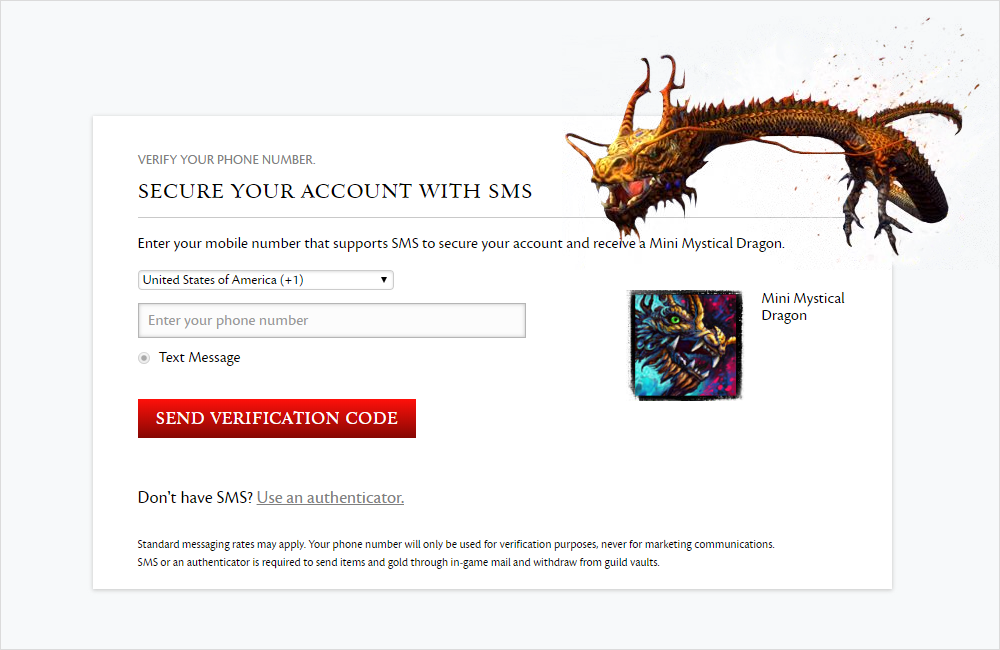
The Guild 2 provides online and network play with up to eight people that can playing simultaneously, cooperative and in competitive game modes. All game modes can be played in varying difficulties ranging from easy to hard. The game features an extended single-player campaign, a comprehensive tutorial placed in the 15th century, that has additionally crafted scenario maps with a German Hanse campaign in the cities of Hamburg and Lübeck, Nottinghamshire and Sherwood Forest and Lyon (France).Īvailable game modes for playing are the dynasty mode, in which players can play an open-ended game without a defined objective, extinction sets the goal to eliminate the entire opposing dynasties, with time limit, players first selects a time limit and after its expiry, this limit, the points of profit - a comparison representation in the game - compared, the modepro team a random mission specifies as a game objective, that each team must fulfill a random mission and all teams with the same mission, where the game objective is to choose an assignment, only the first named one comes with varying objectives and allows to alter some adjustments to the economic, social and political conditions.ĭealing with a medieval legal system, town politics and rivalries between families can range from friendliness to open warfare. An objective for players is to improve their character's skills at levelling up, which are numerical representations of their ability in certain areas. Players have the option to develop and create their character at the beginning of the game, benefitting from a variety of customization, during the character creation, by selecting the appearance, first- and surname, class, sex, zodiac sign, religion and spent experience on talents. Similar to its predecessor, it features character classes and affects what buildings can be constructed and upgraded, which grants access to more improvements and therefore what businesses can be run. It can be played using a mouse and keyboard. The Guild 2 introduces features including construction and management, tactical role-playing and social simulation elements, in which players assumes control of a defined character avatar, to simulate medieval life with characteristic features, role-playing game-style ability scores, classes and special abilities in European cities. The Guild 2 is an real-time life simulation video game, that incorporates nonlinear gameplay, playable from a bird's-eye view, allowing to zoom in and out of the game. Three downloadable content (DLC) stand-alone add-ons were released-Pirates of the European Seas, The Guild 2: Venice and The Guild 2: Renaissance-which were repackaged into The Guild: Complete Collection and released in January 2013. The game was released to average acclaim and earned a nomination for "Best Sound Award". The Guild 2 was developed using the Gamebryo engine and features open end gameplay. At the beginning of the game, the player can create a self defined character, whereby characteristic attributes points and skills can be adjusted and developed over the course of the game, by improving its properties and special abilities. Taking place within fictional versions of provinces of Europe in the fifteenth century, the Guild 2's main focus revolves around the player character's aim to simulate life in the Renaissance.

The game was released worldwide in November 2006 for Windows.

It is the second installment in The Guild series, following Europa 1400: The Guild and preceding The Guild 3. The Guild 2 is a life simulation video game developed by 4HEAD Studios and published by JoWooD Productions.


 0 kommentar(er)
0 kommentar(er)
